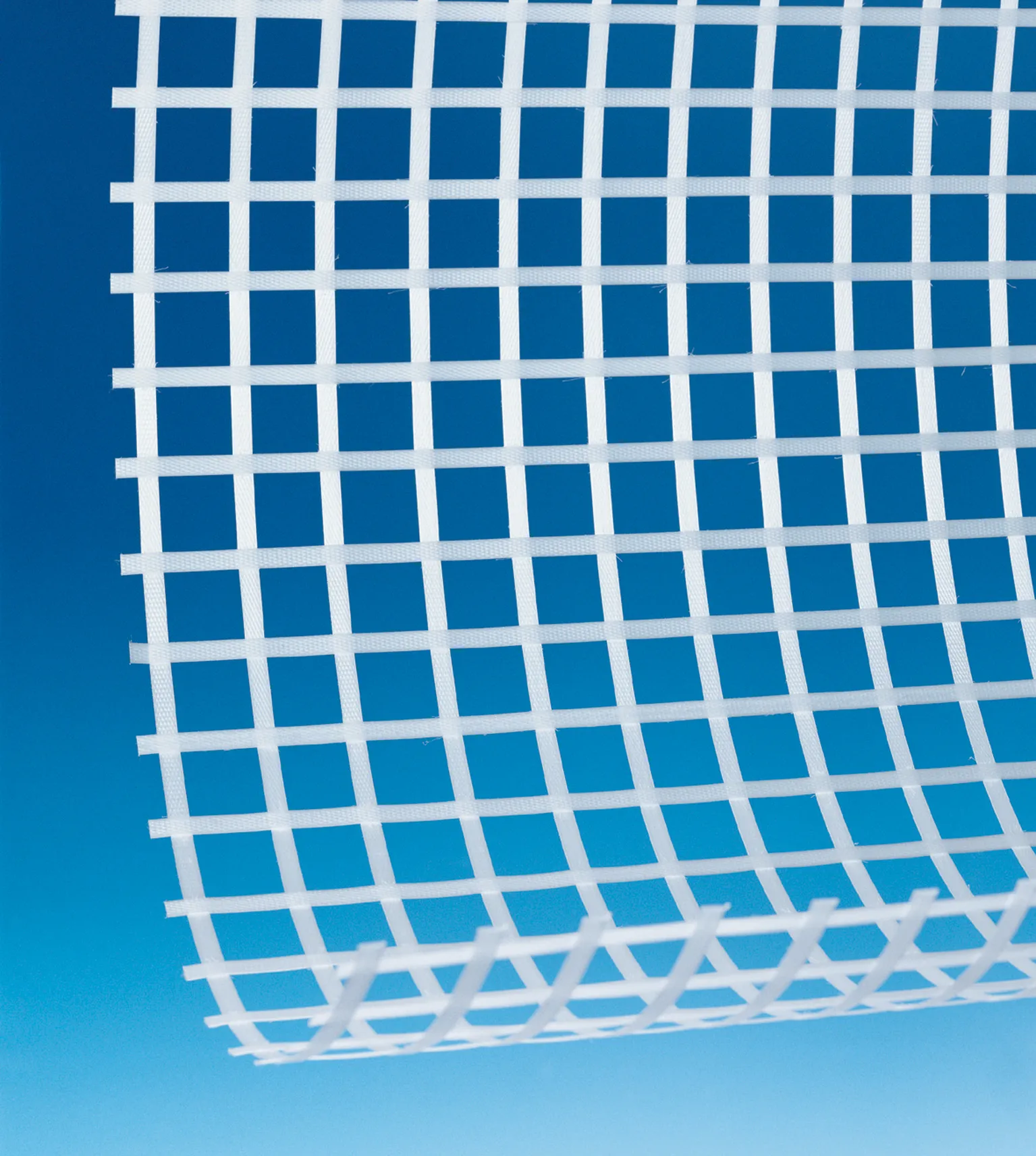
Interaction flexibility is an important technical term, as important as tensile strength and tensile stiffness, to secure the quality of a geogrid reinforced construction, explains the engineering team at Huesker which has its head office in Gescher, Germany.
The key properties of effective reinforcement are adequate tensile stiffness and tensile strength coupled with good interaction behaviour. The concept of interaction flexibility - the flexibility of the incorporated geogrid - has been shown to improve the interaction between soil and reinforcement.
The safety and longevity of reinforced earthworks are largely dictated by three factors. Firstly, the incorporated geogrid must exhibit adequate tensile strength. Insufficient strength may lead to failure of the reinforcement and, consequently, of the entire structure.
Secondly, the incorporated geogrid must exhibit adequate tensile stiffness – as one of the factors determining maximum structural deformation.
Thirdly, good interaction behaviour between soil and reinforcement plays a vital role in force transmission between geogrid and soil and is therefore key to structural safety and performance.
"Interaction behaviour" is a general term denoting the capacity of a geogrid – among other things, through interlock and friction – to take up and transfer forces from the soil. Yet, all previous conceptual frameworks have failed to give due attention to one particular aspect: the impact of the flexural stiffness of the geotextile product on interaction. By adding this key criterion, the term "interaction flexibility" expands the previous definition of interaction behaviour.
Interaction flexibility is the combined ability of a reinforcement product, firstly, to achieve a strong bond with the soil through optimisation of the (micro-, meso- and macro-) interlock properties and, secondly, to adapt flexibly to soil particles to prevent void formation.
The importance of this adaptability is described by C. Lackner in his PhD thesis (2012, Graz University of Technology): "The interaction between soil and reinforcement is even stronger where the geogrid can adapt to the soil particles and thus prevent the formation of voids within the soil structure. In other words, the installation of very rigid geogrids can produce negative interaction effects."
The flexibility of a geogrid is easy to characterise by means of an existing test method, defined in ASTM D7748. Accordingly, flexural stiffness, measured in the unit "mg-cm", should be as low as possible.







